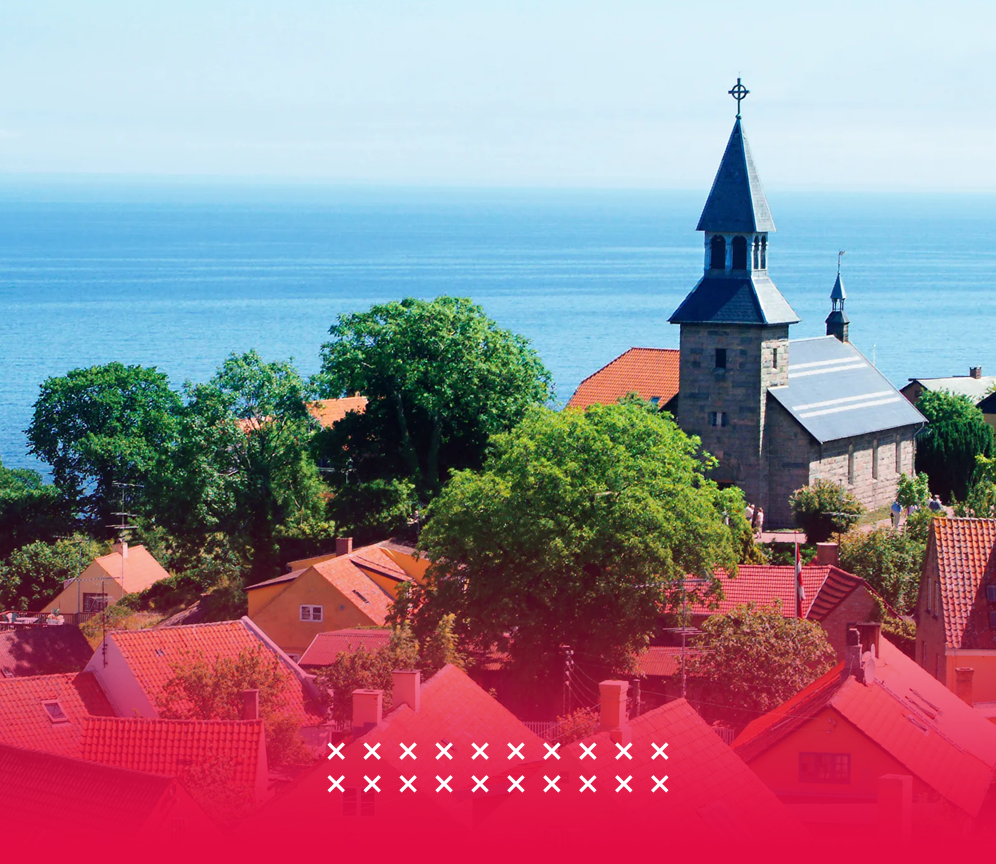The cost of living in Denmark varies based on the city you live in, your lifestyle, and whether you have dependents. Rent is usually the biggest expense, followed by food, transportation, and other essentials. Many students manage their expenses by working part-time and sharing accommodations where they split bills accordingly.
If you have a dependent or a child, the overall cost increases significantly. You’ll need to consider housing that accommodates a family, childcare expenses, and additional daily costs. Denmark offers various support services for your better living but you still need an accountable financial planning.
Accommodation Cost for International Students
Finding affordable accommodation is one of the first challenges for international students. Most students either stay in university housing or rent private apartments. The cost depends on the city and type of accommodation:
- University dormitories are budget-friendly option for students looking for shared housing with fellow students under certain supervision from college authorities. These are limited and get booked quickly.
- Private rentals, such as apartments in major cities like Copenhagen, can be expensive. Many students choose to share apartments to split costs. Also, it is wiser to opt for more affordable cities.
- Student housing associationsSome organizations provide housing specifically for international students. Early application increases your chances of securing a spot.
Essential Student Costs
Apart from rent, students need to budget for:
- Food: Cooking at home is the most cost-effective option. Supermarkets have student-friendly options, but eating out frequently can be expensive.
- Transportation: Denmark has an excellent public transport system, including buses, trains, and metros. Cycling is also popular among many students; it is a cheaper and eco-friendly alternative.
- Utilities and internet: Some rentals include utility bills, while others require separate payments for electricity, heating, and internet.
- Study materials: Books and course materials can add up, so many students buy second-hand books or use online resources.
Lifestyle
Life in Denmark is comfortable but different from Nepal. The culture promotes work-life balance, and students are encouraged to engage in social and academic activities. There are plenty of outdoor spaces, cafes, and student events to explore.
The best thing about living in Denmark is the focus on quality of life. The cities are safe, public services are efficient, and there are plenty of opportunities to enjoy nature and cultural activities. While winters can be cold, many students appreciate the unique experiences Denmark offers throughout the year.
Nepalese Students in Denmark
A growing number of Nepali students are choosing Denmark for higher education. Many of them build strong communities, helping newcomers adjust to the new environment. You can also connect with other Nepali students through social media groups, student organizations, and cultural events.
Part-Time Jobs in Denmark
Many students in Denmark work part-time to support their expenses. The most common jobs include
- Restaurant and cafe jobs: Waiters, baristas, and kitchen assistants are always in demand.
- Retail work: Supermarkets and shops often hire students for cashier or stocking jobs.
- Cleaning jobs: Offices, hotels, and homes frequently offer work in this category.
- Delivery services: Food and package delivery jobs offer flexible working hours.
- University jobs: Some students find work within their university as assistants or in administrative roles.
Part-time work helps students gain experience and manage their costs. However, it’s important to balance work and studies to make the most of your education in Denmark.

